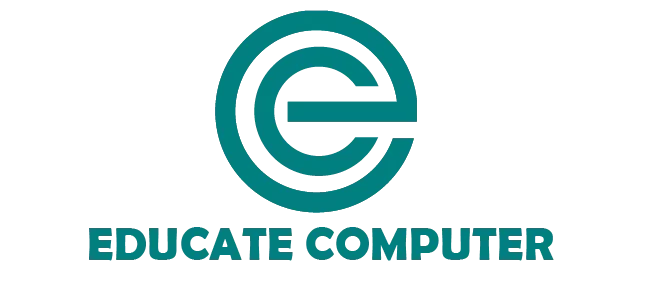BIOS in computer is the program that runs when you switch on your computer. It checks the basic hardware like the keyboard, mouse, display, and hard drive. After checking, it helps the computer load operating system.
When you press the power button on your computer, something very important happens before the operating system starts. This “something” is controlled by a program called BIOS.
Full Form and Meaning of BIOS
Full form of BIOS is Basic Input Output System. The name itself explains its role. It handles the basic work of sending and receiving signals between the computer hardware and software. BIOS acts like a bridge that connects the machine to the operating system.
Functions of BIOS
The BIOS performs several important jobs:
1. Power-On Self-Test (POST)
The primary function of the BIOS is to start the computer and prepare it for use. The first thing it does is run a check called POST, or Power-On Self-Test. This test checks the memory, keyboard, hard disk, and other parts. If something is wrong, the BIOS displays an error message or emits a beep sound.
2. Boot Loader
After POST, BIOS starts the process of loading the operating system (Windows, Linux, etc.). This step is called booting. The BIOS decides from where the system will load the operating system. It can be a hard disk, USB drive, DVD, or even a network in some cases.
3. Hardware Initialization
BIOS makes sure that all hardware devices are ready. It turns on and prepares devices like the keyboard, mouse, and monitor. It also checks connections with storage devices. This process is called hardware initialization. Operating system would not be able to communicate with the hardware properly without it.
4. BIOS Setup Utility
The BIOS also provides a special setup screen. You can enter this screen by pressing keys like DEL, F2, ESC, or F10 right after turning on the computer. This utility allows you to change important settings. You can set the boot order, adjust the system date and time, and even add a password for security.
History and Evolution of BIOS
- The term BIOS first appeared in the 1970s.
- Early personal computers used a simple BIOS stored in ROM.
- Over time, computers became faster and more complex.
- To meet new needs, UEFI (Unified Extensible Firmware Interface) was developed.
- Today, many modern systems use UEFI, but people still call it BIOS.
Components of BIOS
The BIOS is not just a single program. It has different parts that work together. These parts make sure the system can start and run correctly. Let us look at them in detail.
1. ROM (Read-Only Memory)
The BIOS is stored in a special chip on the motherboard called ROM. ROM stands for Read-Only Memory. This type of memory keeps the BIOS program safe, even when the computer is turned off.
Data in ROM does not get erased. This is very important because the computer must always have access to the BIOS program when it starts.
2. CMOS (Complementary Metal-Oxide-Semiconductor)
Another important component is CMOS. This is a small memory chip that stores settings made by the user. It keeps information like system time, date, and the order in which devices should boot.
CMOS needs power to save this data. That is why the motherboard has a small battery, often called the CMOS battery.
3. BIOS Firmware
The final part is the BIOS firmware itself. Firmware is a type of software that is permanently stored in hardware. In this case, the BIOS firmware is stored in the ROM chip.
It is the actual program that runs and performs all the tasks, like checking the hardware, running POST, and starting the operating system. You can think of it as the “brain” of the BIOS system.
Difference Between BIOS and UEFI
| Feature | BIOS (Old) | UEFI (New) |
|---|---|---|
| Speed | Slower | Faster |
| Interface | Text-based | Graphical, user-friendly |
| Hard Drive Support | Up to 2 TB | More than 2 TB |
| Security | Basic | Advanced (Secure Boot) |
Common BIOS Problems and Solutions
- Computer not booting: Check BIOS settings.
- Wrong date/time: Replace CMOS battery.
- Forgotten BIOS password: Reset using motherboard jumper.
- No display after powering on: BIOS may give beep codes to indicate an error.
FAQs
What is BIOS in one line?
BIOS is the program that starts a computer and loads the operating system.
Can a computer work without a BIOS?
No, because BIOS is required to start the system.
Is BIOS software or hardware?
It is software stored on a chip inside the hardware.
